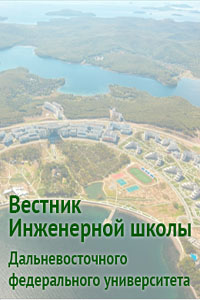Indicators of buildability of 3D-printable mixture: modeling and experimental research
Keywords:
3D-printing, fresh mixture, rheology, plasticity, shape stability, modelingAbstract
The results of experimental studies of the rheological behavior of 3D-printable mixture are presented. The squeezing tests were used to evaluate the rheological behaviour. To evaluate the plasticity, which characterizes the ability of 3D-printable mixtures to maintain aggregate stability during the extrusion process, the squeezing test with a constant deformation rate was used. To evaluate the form stability the squeezing test with a constant loading speed was used. As a result, the structural and plastic strength, plastic deformations of the fresh mixture were estimated as criteria of their ability to maintain shape under compressive pressure during the printing process. It was obtained the influence of the sand content on the plasticity and shape stability of cement mixtures. The rational content of sand in the mixture composition has been determined according to the criteria values of plasticity, structural strength, and deformability under load. It is shown that the regulation of the visco-plastic properties of 3D-printable cement mixture is based on a change in the filler content that is determined by the thickness of the cement paste interlayer as a conditionally homogeneous dispersion medium. The cement paste interlayer was proposed as a criterion structural characteristic that determines the rheological behaviour of a 3D-printable mixture.
Downloads
Published
Issue
Section
License
Copyright (c) 2022 Far Eastern Federal Univercity: School of Engineering Bulletin

This work is licensed under a Creative Commons Attribution 4.0 International License.

